A grower will start with a nutrient solution recipe. The choice of recipes is up to the grower (many variations exist). Choose a recipe that has been successful:
- For the plant you want to grow.
- For the regional location and environmental conditions.
- For the time of year you wish to grow.
THEN adjustments to the recipe can be made to compensate.
*An example: Recipe used by Sunco, Ltd., Las Vegas NV, for tomatoes during Winter
in the mid to late 1990’s (See table below). Most recipes will vary according to stage of plant growth.
- Ex: 0 – 6 Week recipe: Higher nitrogen, calcium and magnesium for good structure/vegetative growth.
- 6 – 12 Week recipe: Lower nitrogen and higher potassium to enhance flower (reproductive) production
- 12 + Week recipe: To maintain balance – vegetative/reproductive
WEEK 0-6_______________WEEK 6-12__________________ WEEK 12 +
PPM ____________________PPM_______________________ PPM
N 224_____________________N 189______________________ N 189
P 47______________________ P 47_______________________ P 39
K 281_____________________ K 351______________________ K 341
Ca 212____________________ Ca 190_____________________ Ca 170
Mg 65_____________________Mg 60_____________________ Mg 48
Fe 2.00____________________Fe 2.00____________________ Fe 2.00
Mn 0.55___________________Mn 0.55____________________Mn 0.55
Zn 0.33____________________Zn 0.33____________________Zn 0.33
Cu 0.05____________________Cu 0.05____________________Cu 0.05
B 0.28_____________________B 0.28_____________________B 0.28
Mo 0.05___________________Mo 0.05____________________Mo 0.05
NOTE: Sulfur (a macronutrient) and chloride (a micronutrient) concentrations are not given in this recipe. That does not mean that sulfur and chloride are not present. Usually sulfur is added with magnesium and chloride is added with the manganese and copper. Enough will be added with these other elements to be sufficient
NOTE: Two significant changes to this type of standard recipe can also be made in hot, high light areas to improve growth of the plants and quality of the fruit. To avoid over-vegetative growth during hot fall weather, begin with low nitrogen (~95ppm) during the first 6 weeks. This will keep the plants “lean” and encourage reproductive growth. Increase to 145ppm N at 6 weeks and then 189ppm by 12 weeks. Chlorides can be added during fruiting in macronutrient levels (150-200 ppm) to improve fruit quality and taste. Note, significant adjustments must be made to the recipe.
** These changes should only be attempted by experienced growers.
** These changes should only be attempted by experienced growers.























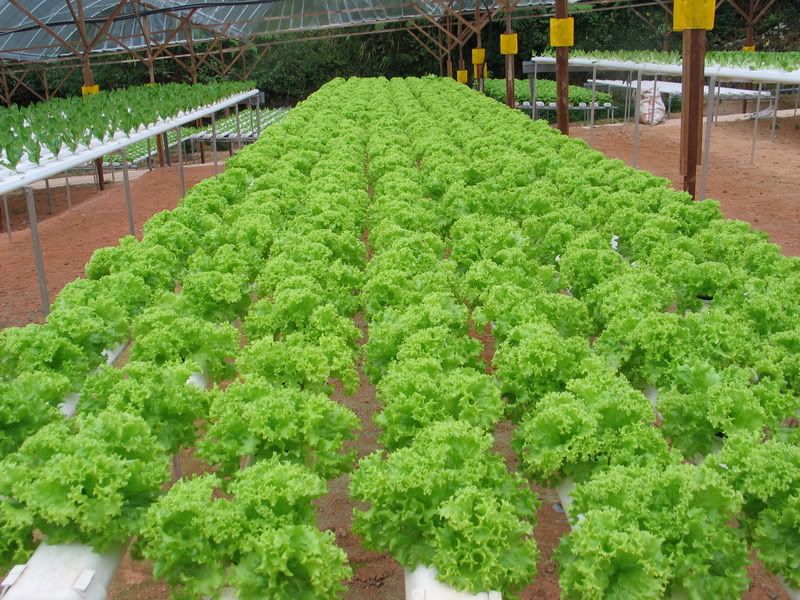
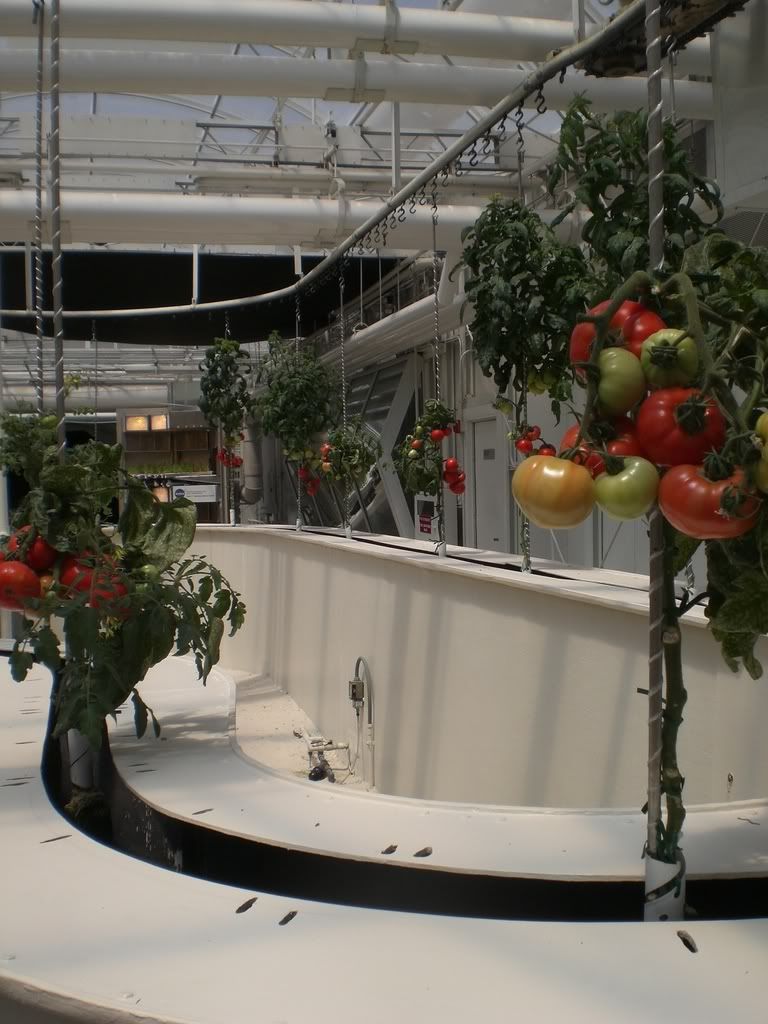
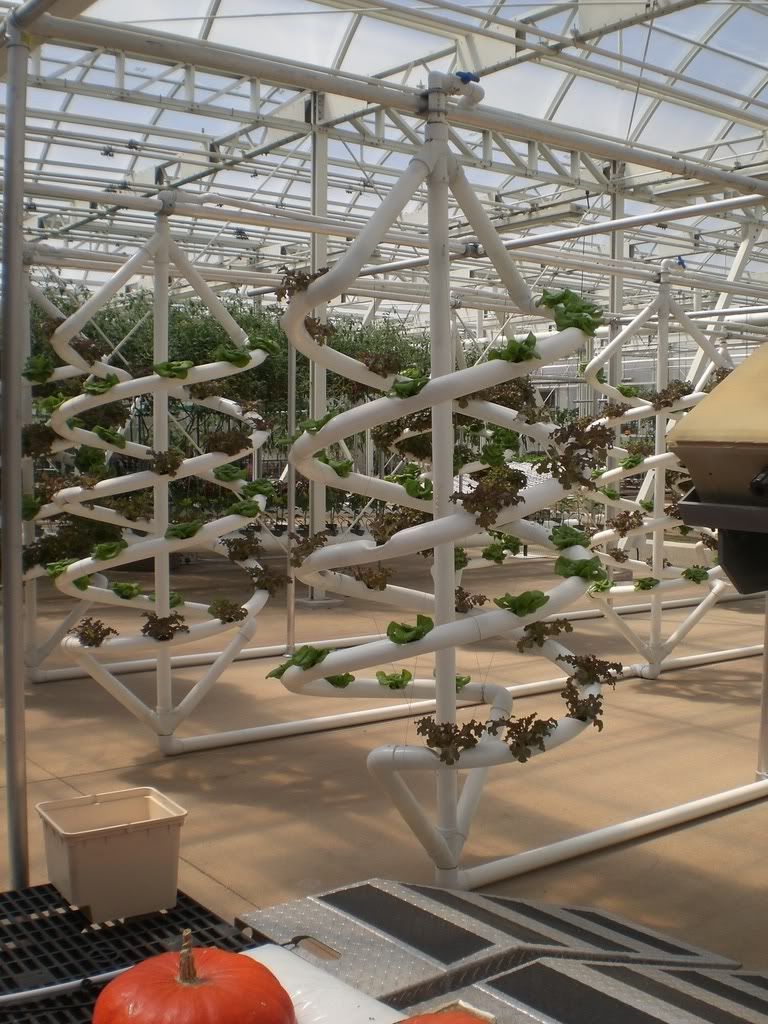
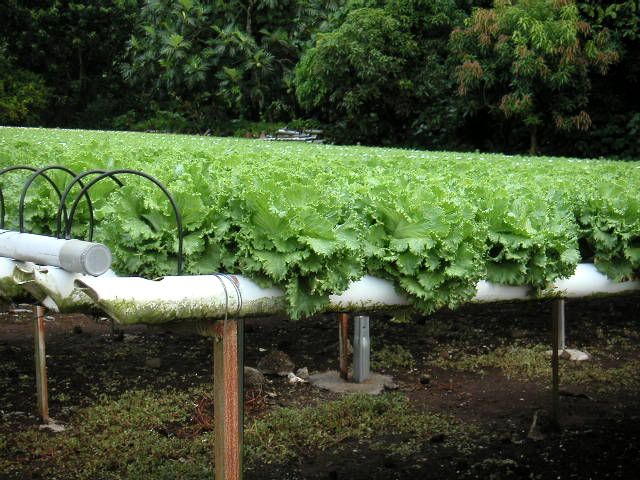
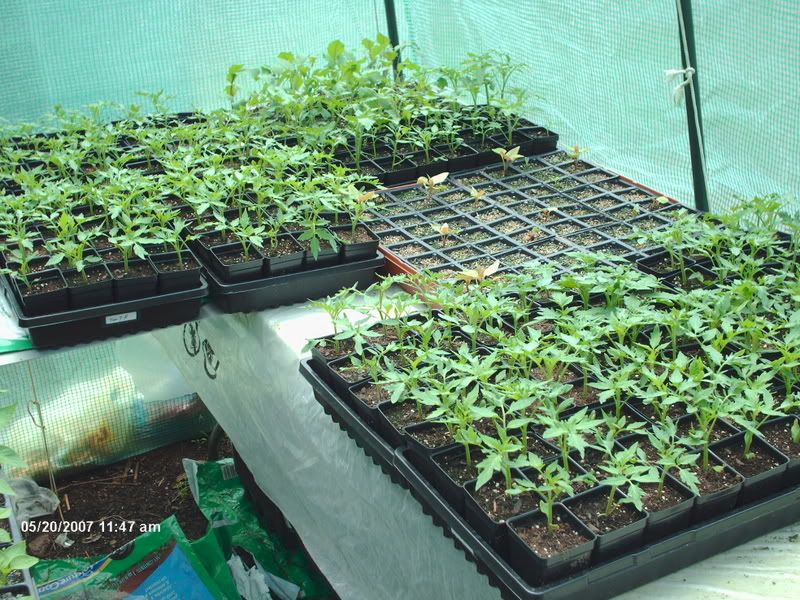
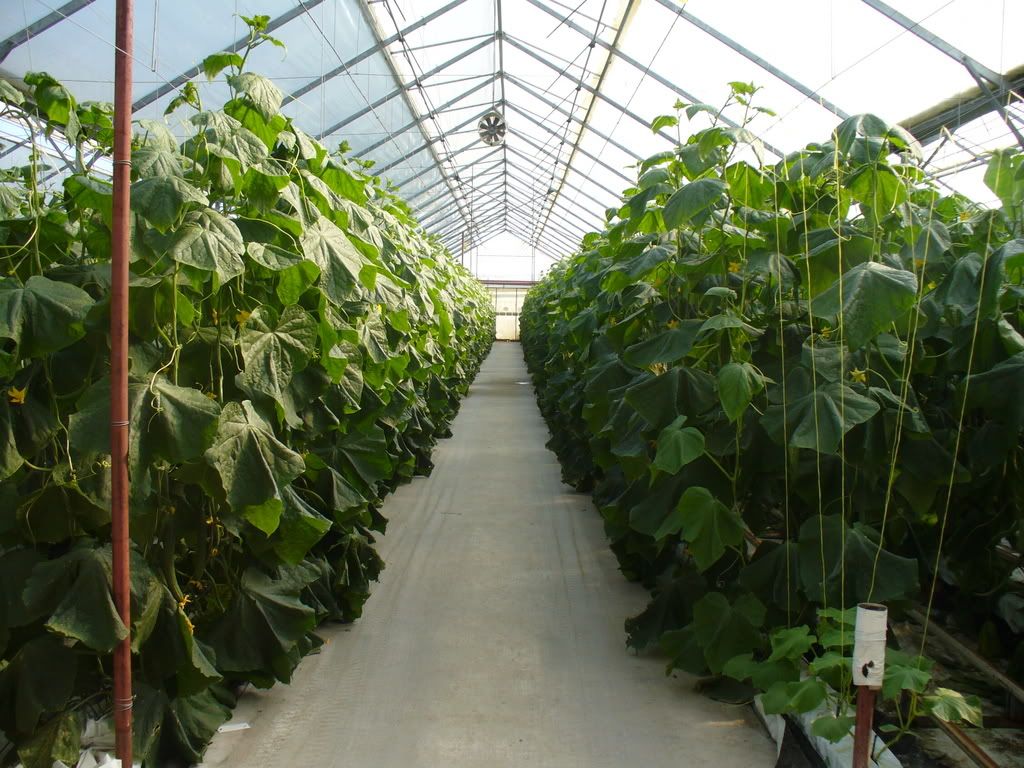
No comments:
Post a Comment